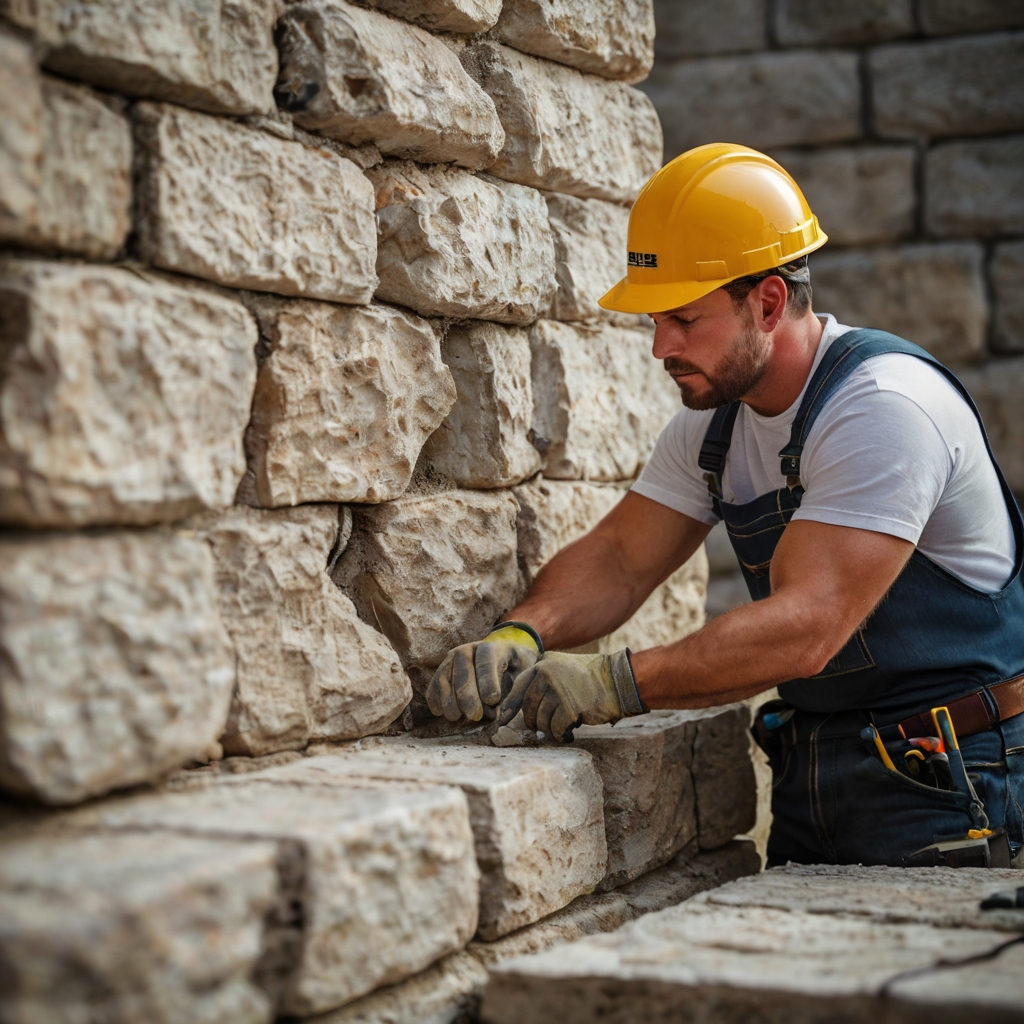Good stone masonry practices encompass a range of skills and techniques that are essential for creating durable and visually appealing stone structures. Whether it’s a grand cathedral or a humble garden wall, a solid foundation in these practices ensures that the beauty and longevity of stone are maximized. Let’s delve into some key aspects of good stone masonry practices.
First and foremost, preparation is crucial. Before embarking on any stone masonry project, the site must be carefully assessed and prepared. This includes evaluating the soil composition, slope, and drainage conditions. Adequate measures must be taken to ensure a stable and level foundation, such as excavating and compacting the ground, and incorporating appropriate drainage systems.
key aspects
Planning and Design
Site Assessment: Evaluate the site conditions, soil type, and drainage.
Design: Create detailed drawings and specifications, including 3D layouts if needed.
Material Selection: Choose appropriate stone types based on the design and local availability.


Foundation Preparation
Excavation: Dig trenches for the foundation according to the design specifications.
Base Preparation: Lay a solid base of compacted gravel or concrete to support the stone structure.
Stone Selection and Preparation:
Stone Sizing: Select stones of suitable size and shape for the intended application.
Dressing: Shape and finish stones to ensure they fit together properly.
Sorting: Arrange stones by size, shape, and color for a consistent appearance.
Laying the Stones:
Dry Fit: Place stones without mortar to ensure a good fit and appearance.
Mortar Mixing: Prepare the mortar mix according to the project requirements.
Laying Stones: Start laying stones from the corners and work inwards, applying mortar evenly.
Jointing: Ensure consistent joint width and fill gaps with mortar for stability.
Building Up:
Bonding Patterns: Use proper bonding patterns (e.g., random rubble, coursed, ashlar) for strength.
Leveling: Keep the structure level and plumb by using a spirit level.
Interlocking Stones: Ensure stones interlock properly to distribute weight and enhance stability.
Finishing:
Pointing: Finish the mortar joints with appropriate pointing techniques.
Cleaning: Remove excess mortar and clean the stone surface.
Curing: Allow the mortar to cure properly by keeping it moist if necessary.
Maintenance:
Inspection: Regularly inspect the masonry for any signs of damage or wear.
Repairs: Address any issues promptly to maintain structural integrity
Base Preparation: Lay a solid base of compacted gravel or concrete to support the stone structure.
In addition to technical skills, artistic flair plays an essential role in stone masonry. A skilled stone mason can artfully arrange stones, creating visually captivating patterns and textures that elevate the beauty of a structure. This requires a deep understanding of color coordination, symmetry, and proportion, as well as an appreciation for the natural qualities and characteristics of different types of stone.

To sum up, good stone masonry practices encompass thoughtful planning, careful selection of materials, precise craftsmanship, and regular maintenance. By following these practices, stone masons can create enduring and visually stunning structures that stand as testaments to the timeless beauty and usefulness of stone.



